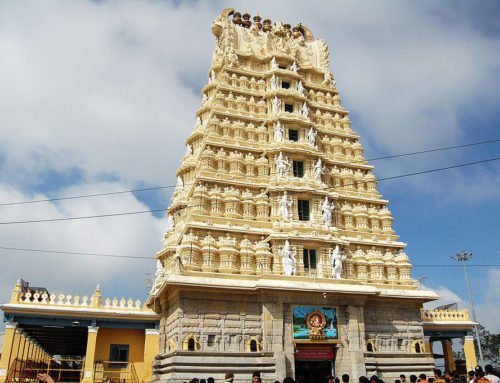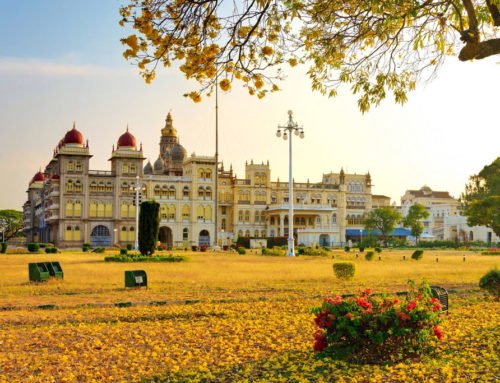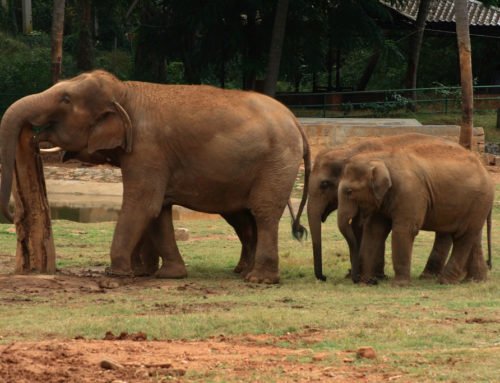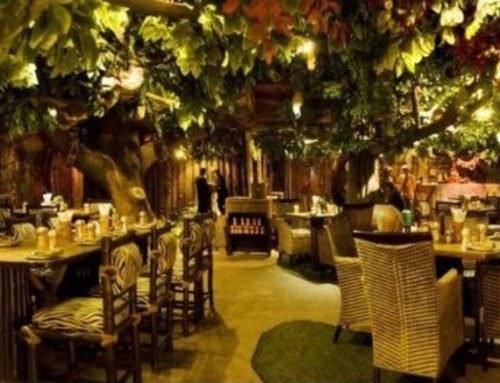Overview
- Features: Fort island of religious, cultural and historical importance
- Opening Times: Ranganathaswamy Temple – 7.30am-1pm & 4-8pm; Daria Daulat Bagh – 9am-5pm; Gumbaz – 8am-8pm, daily
- Best Time to Visit: Late October to early March
- Duration: Half a day
- Travelled By: Bus
- Cost: Daria Daulat Bagh Indian/foreigner Rs 5/100
- Address: Srirangapatna, Karnataka, India
- Type: Historic site, Shrine
Author Reviews[display_rating_item_results rating_form_id=”2″ rating_entry_ids=”1″ show_category_filter=”false” show_options=”true” result_type=”star_rating” preserve_max_rating=”true” show_title=”false” show_count=”false” ]
Total Rating: [display_rating_result rating_form_id=”2″ show_count=”false” show_rich_snippets=true] [accordions load=”1″] [accordion title=”User Reviews” last] [display_rating_item_results rating_form_id=”5″ show_options=”true” result_type=”star_rating” preserve_max_rating=”true” show_title=”false” show_count=”true” show_rich_snippets=true] [/accordion] [accordion title=”Add Review”][display_rating_form show_email_input=”true” show_comment_textarea=”true” show_name_input=”true” rating_form_id=”5″] [/accordion] [/accordions]
Summary
Located 20 km from the city of Mysore, Srirangapatna is a fort town of great religious, cultural and historical importance. Occupying an easily fortified island site in the Kaveri River, Srirangapatna has played a crucial role in the region since its origins in the 10th century.
Srirangapatna
The name Srirangapatnam comes from the Temple of Sri Ranganathaswamy, which stands aloof at the heart of the fortress, containing a highly humanistic idol of Lord Vishnu reclining on the back of a serpent. The inner sanctum is approached through pillared halls and an open courtyard with a gilded lamp column. Dating from AD 894, it is far older than the fort and town, and was subsequently added to by the Hoysala and Vijayanagar kings. The latter built the fort in 1454, and occupied the site for some 150 years until the last Vijayanagar ruler handed over authority to the Hindu Wodeyars of Mysore, who made it their capital.
In the second half of the 18th century it became the capital of Haidar Ali, who defended it against the Marathas in 1759, laying the foundations of his expanding power. He was succeeded by his son Tipu Sultan, who also used the town as his headquarters until Colonel Wellesley, the future Duke of Wellington, established his military reputation by defeating the Tiger of Mysore in battle on 4 May 1799. Tipu died in exceptionally fierce fighting near the north gate of the fort; the place is marked by a simple monument.
[singlepic id=1390 w=720 h=560 float=center]
Today, none of the structures within the fort survive, barring the bridges across the two arms of the Kaveri river, from which the bathing ghats and the ramparts can be seen. To the east and the south, a broad moat surrounds the polygonal bastions and turreted parapets constructed by the French engineers employed by Tipu. The Mysore Gate and Elephant Gate, to the south, are flanked by guardrooms. Sultan Battery, the dungeons where Tipu used to keep British prisoners, is to the north; nearby is the Water Gate, where Tipu was killed.
[singlepic id=1392 w=720 h=560 float=center]
[singlepic id=1387 w=720 h=560 float=center]
The Jama Masjid which Tipu had built near the fort’s eastern end in 1787, has delicate minarets and an elevated prayer chamber. Nearby are two Hindu temples, to Narasimha (17th century) and Gangadharesvara (16th century).
[singlepic id=1393 w=720 h=560 float=center]
The Daria Daulat Bagh (Splendour of the Sea) is Tipu’s beautiful summer palace, built in 1784 and stands in the middle of a beautiful garden near the river, a short distance south of the fort. Each of its sides has three arched openings in the centre and the entire palace is surrounded by a pillared verandah. Built largely out of wood, the palace is notable for the lavish decoration covering every inch of its interiors.
This social historical jewel has colourful frescoes of battle scenes between the French, British and Mysore armies, ornamental arches and gilded paintings on the teak walls and ceilings crammed with interesting detail restored in 1855. The west wall shows Haidar Ali and Tipu Sultan leading their elephant forces at the battle of Polilur (1780), inflicting a massive defeat on the British. As a result of the battle Colonel Baillie, the defeated British commander, was held prisoner in Srirangapatnam for many years. The murals on the east walls show Tipu offering hospitality to neighbouring princes at various palace durbars. The carved woodwork and the elegant painted floral designs on the wall reveal Mughal influence. The small museum upstairs has 19th-century European paintings, maps and Tipu’s belongings. A portrait of Tipu Sultan, aged 30, painted by European artist John Zoffany in 1780 is noteworthy.
[singlepic id=1388 w=720 h=560 float=center]
Three kilometres east, the Gumbaz is the family mausoleum, approached through an avenue of cypresses. Built by Tipu in memory of his father, the ornate white dome protects beautiful ivory-on-wood inlay and Tipu’s tiger-striped emblem, some swords and shields. Haider Ali’s tomb is in the centre, his wife to the east and Tipu’s own to the west.
On the banks of the Cauvery just north of the Lal Bagh Palace is a jetty where six-seater coracles are available for river rides.
Getting to & from Srirangapatna
Srirangapatna is easily accessible by train from Bangalore and Mysore and is also well-connected by road, lying just off the Bangalore-Mysore highway. Regular buses head to Srirangapatna from the City bus station in Mysore.







